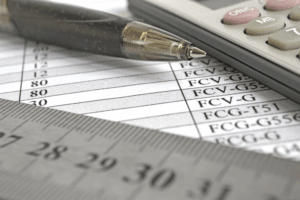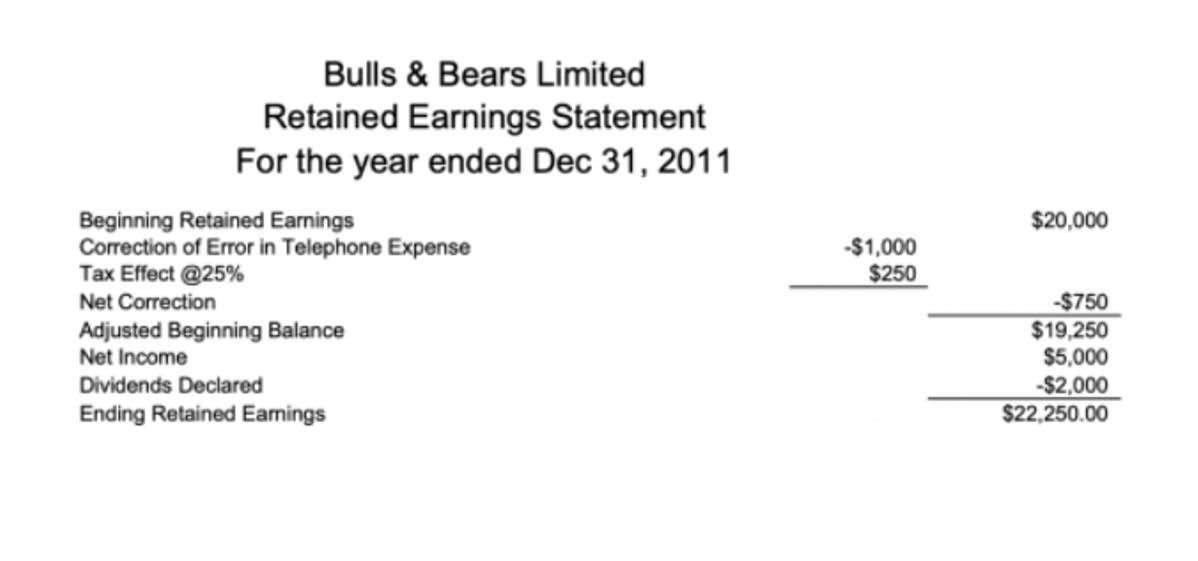
Once the outstanding checks have been identified, individuals can take the necessary steps to resolve them. This may involve contacting the payee and arranging for an alternate form of payment, or it may require further communication with the bank to address any issues that may be causing the delay. Another consequence of outstanding checks is the negative impact it can have on an individual’s . When a check bounces due to insufficient funds, it can be reported to credit bureaus and appear as a negative mark on the person’s credit report. This can lower their credit score and make it more difficult to obtain credit in the future.

Key legal elements
They could mess up financial records, cause banks to charge fees, and make it harder to plan a budget. To be a good manager, you need to keep good records, make sure payments are made on time, and talk to recipients before they get the money. The best way to do this is to use both old-fashioned check tracking and modern financial tools. Setting clear rules for writing and following up on checks not only protects your finances, but it also makes you more trustworthy in both personal and business dealings. In a time when digital payments happen in real time, knowing how to handle and know outstanding checks is still an important skill for keeping your finances stable. Welcome to the world of accounting, where numbers rule and financial transactions must be meticulously tracked and recorded.
How Outstanding Checks Work
- Outstanding checks refer to checks that have been cashed or deposited.
- An outstanding check will appear in the issuer’s ledger but not on the bank statement, since the bank only records transactions that have been completed.
- With banking activity becoming increasingly electronic, another way to avoid writing a check and forgetting about it is to use the checking account’s online bill pay service.
- Best practices for managing and clearing outstanding checks include regular bank statement reconciliation, promptly voiding or canceling unused checks, and maintaining proper record-keeping.
- The company does not need to write a journal entry because the checks were recorded in the general ledger account when they were written.
- According to moneyzine.com, business Z had $200,000 in checks drawn from its general account in December.
Learn about outstanding checks in finance, including the definition, risks involved, and effective ways to avoid them. Like business checks, personal checks are generally considered invalid after six months (180 days). Outstanding personal checks can cause budgeting problems, but you may have an easier time reminding a friend or family member to cash a check than a business payee.
- By understanding the underlying causes of outstanding checks, you can take proactive steps to prevent them in the future.
- The term “outstanding” indicates that the transaction remains uncompleted, with the liability resting on the payor until the check is processed.
- Before sending one, ask the payee to return the old check to eliminate the possibility of both checks being deposited, either intentionally or unintentionally.
- This guide simplifies the escheatment process to understand checks with clear, actionable steps to help you manage this task efficiently and effectively.
- It is important to regularly monitor your account and reconcile any outstanding checks to avoid these potential risks.
- This won’t prevent banks from processing two deposits, but the document can provide a useful paper trail if you want to dispute one of the deposits.
How Can You Determine A Company’s Net Working Capital From A Balance Sheet?
Once the drawing bank receives the check, it is stamped again and filed. A check is a written, dated, and signed draft that directs a bank to pay a specific sum of money to the bearer. The person or entity writing the check is known as the payor or drawer, while the person to whom the check is written is the payee. The drawee, on the other hand, is the bank on which the check is drawn. To cancel the check, company needs to debit cash at bank and credit accounts payable as they delay the payment. We may wonder that how do we debit the cash at the bank while what does outstanding check mean we do not receive any actual cash.

Problems with Outstanding Checks

Additionally, banks may have policies regarding check validity periods and fees for processing stale checks. To stay compliant, it’s Bookkeeping vs. Accounting important to familiarize yourself with the relevant regulations in your jurisdiction. Performing regular bank reconciliations helps identify outstanding checks early. This process involves comparing your internal financial records against the bank statement to ensure they align and to address any discrepancies promptly. An outstanding check refers to a written check that has not yet been cashed or deposited by the recipient, or cleared by the bank on which it is drawn.
- Regardless of the reason, it is crucial to identify outstanding checks and take appropriate action to bring them to resolution.
- This prevents someone from trying to cash or deposit it and possibly having it affect your account balance.
- They already consume the service so they cannot return the service back.
- These checks can pose risks such as overdrawing the account, potential fraud, accounting discrepancies, and delayed financial reporting.
- Those checks that have been written by the payer but have not yet been cashed or deposited by the payee.
- Maintain a Balanced CheckbookEnsure you maintain a balanced checkbook, keeping track of all checks written and deposits made.
Below are the tips that help to reduce the volume of outstanding cheques in bank reconciliation and decrease the related risks and discomfort. Unreconciled checks that are still open can make financial statements look wrong. Understanding how they work—and how to manage them—helps to make sure normal balance your financial statements reflect your true cash position.

Besides of two examples above, the company may use the check to pay for expenses such as consulting services, utilities, and other services. In the past few decades, several institutions have adopted electronic payments into their operations. This has supported efficient money transfers while saving on cost and time taken with paper check cutting services. Keep track of it and contact the payee if you suspect they’ve forgotten or misplaced the check. Since the bank balance does not yet reflect the check amount, it can present a misleading picture of your actual financial situation. If your payee has requested to have another check for any reason, make sure that you ask for the old check back.

With banking becoming progressively electronic, using the checking account’s online bill pay service is another way to avoid writing a check and forgetting about it. This will have to provide real-time data on the total dollar amount of checks outstanding as well as the total dollar balance in the account. An outstanding check is a check that has been written by a depositor but has not yet been presented for payment at the bank.


لا تعليق